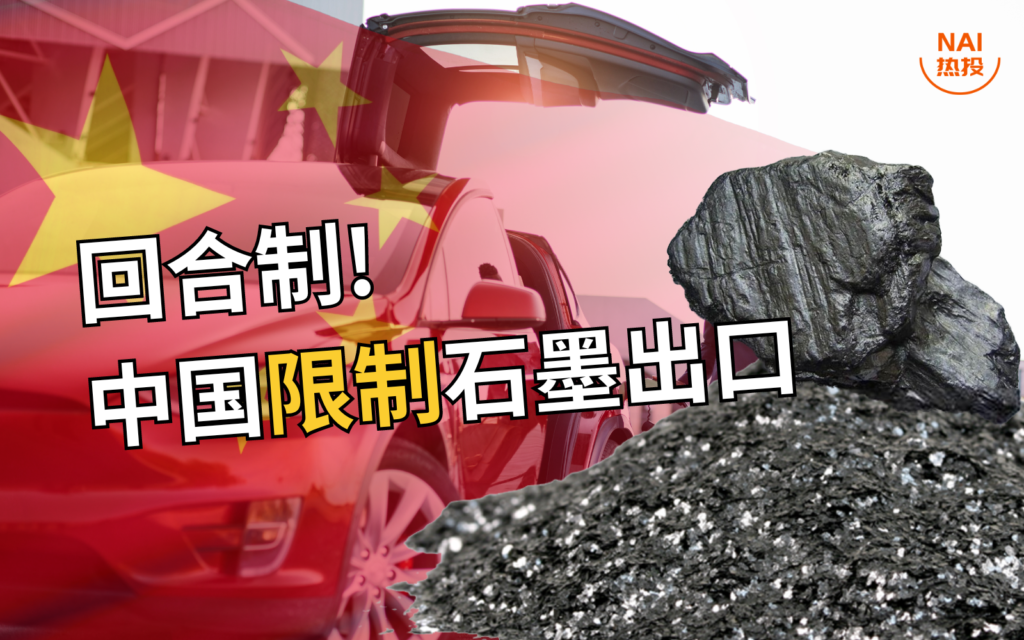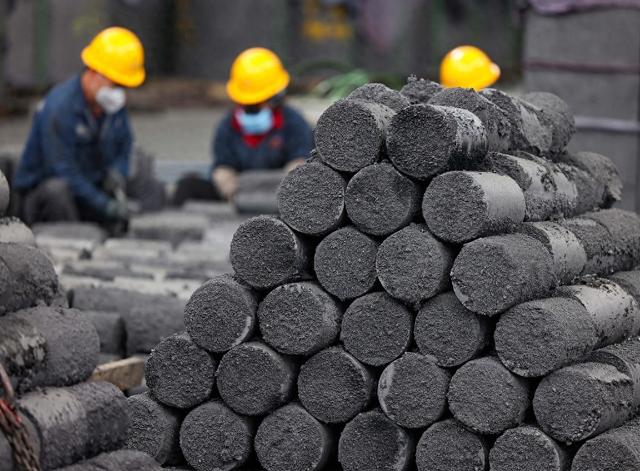【Graphite Export】Export Controls on Chinese Graphite: 5 Things to Know

【Graphite Export】Export Controls on Chinese Graphite: 5 Things to Know
Electric vehicle manufacturers are gearing up for China's export restrictions on graphite, a key material for electric vehicle batteries, which officially took effect on December 1.
These restrictions require certain synthetic and natural graphite exports to obtain licenses, and China is currently the world's largest supplier of graphite. The impact will largely depend on how China implements these restrictions, but both businesses and governments are not sitting idle. Efforts are being made by the U.S., Japan, and South Korea to reduce dependence on Chinese graphite and other "green energy" materials, and more export data on graphitized petroleum coke market.

Here are five things to know about China's export restrictions on graphite:
1. What is Graphite, and What is its Use?
Graphite is a form of carbon with widespread industrial applications, from pencil cores to lubricants. It holds geopolitical significance as a critical component in the anodes or negatively charged parts of electric vehicle batteries.
China produces the majority of the world's graphite and almost all high-quality graphite used in electric vehicle materials. China's dominance in this area is a result of utilizing relatively cheap labor and abundant resources for battery material production.
2. How and Why is China Restricting Graphite Exports?
Starting from December 1, companies wanting to export certain graphite products will need to apply for permits from relevant Chinese authorities. The new regulations cover materials such as high-purity, high-hardness synthetic graphite and some natural graphite products.
China claims these restrictions are for national security reasons. However, China controls almost the entire global supply of industrial graphite. China announced the graphite restrictions at the end of October, and just days ago, the Biden administration increased export controls on advanced artificial intelligence technology. Earlier this year, China tightened exports of gallium and germanium-related products.
3. How Have Various Governments Reacted to China's Move?
The U.S. has defined graphite as a critical mineral, and gallium and cobalt, also used in semiconductors and electric vehicle batteries, are being supported in projects aimed at promoting domestic supply.
South Korea, a major player in the global electric vehicle battery market, has been negotiating with China through various diplomatic channels since announcing graphite imports in October. The South Korean government also supports companies in signing long-term agreements with graphite suppliers in countries such as Tanzania, Mozambique, and Madagascar.
Japan and China agreed to establish a new framework for discussing export controls on critical minerals and semiconductor materials before a summit between the two leaders last November. Despite having many important battery suppliers, Japan lags behind in accepting electric vehicles domestically.

4. What Does This Mean for Battery Manufacturers and the Global Battery Market?
This depends on how the permit process is implemented. In the worst-case scenario, if China halts all exports, battery factories in Japan and South Korea could face closure, battery prices may rise, and the global adoption of electric vehicles could be hampered.
Mitsutaka Fujita, a researcher at Tokyo Tech Systems, stated, "This could have a significant impact on the production of automakers, including Chinese manufacturers importing some anodes from overseas."
An industry insider in Japan believes that the graphite export restrictions could also harm China's mineral market, and battery manufacturers may consider purchasing minerals from countries or regions outside China, such as Australia, India, Brazil, Vietnam, or African countries in the long run, endangering China's advantage in the mineral industry.
5. What Are Companies Doing to Avoid Potential Supply Chain Disruptions?
The current consensus is that major companies cannot do much in the short term due to China's control over global supplies of both natural and synthetic graphite.
According to a battery industry insider, Japanese companies have been trying to stockpile this material and are also working to shift procurement to countries outside China, with some efforts initiated before the announcement of the restrictions. For instance, Panasonic Energy, headquartered in Japan, collaborated with a Canadian company in 2022, considering the purchase of battery-grade graphite from North America. Japan-based battery materials trading company Hanwa has also entered into partnerships with mining and processing companies in Australia and other regions. Meanwhile, South Korean companies are attempting to procure synthetic graphite domestically in South Korea.
Concerns about an economic slowdown have led to a weakening demand for some graphite products, making it challenging to predict the market's reaction to these restrictions. However, Tomono Junichi of Hanwa stated, "The difficulty of future price declines may increase." Contact us to learn about the latest updates on the graphite market!
No related results found








0 Replies